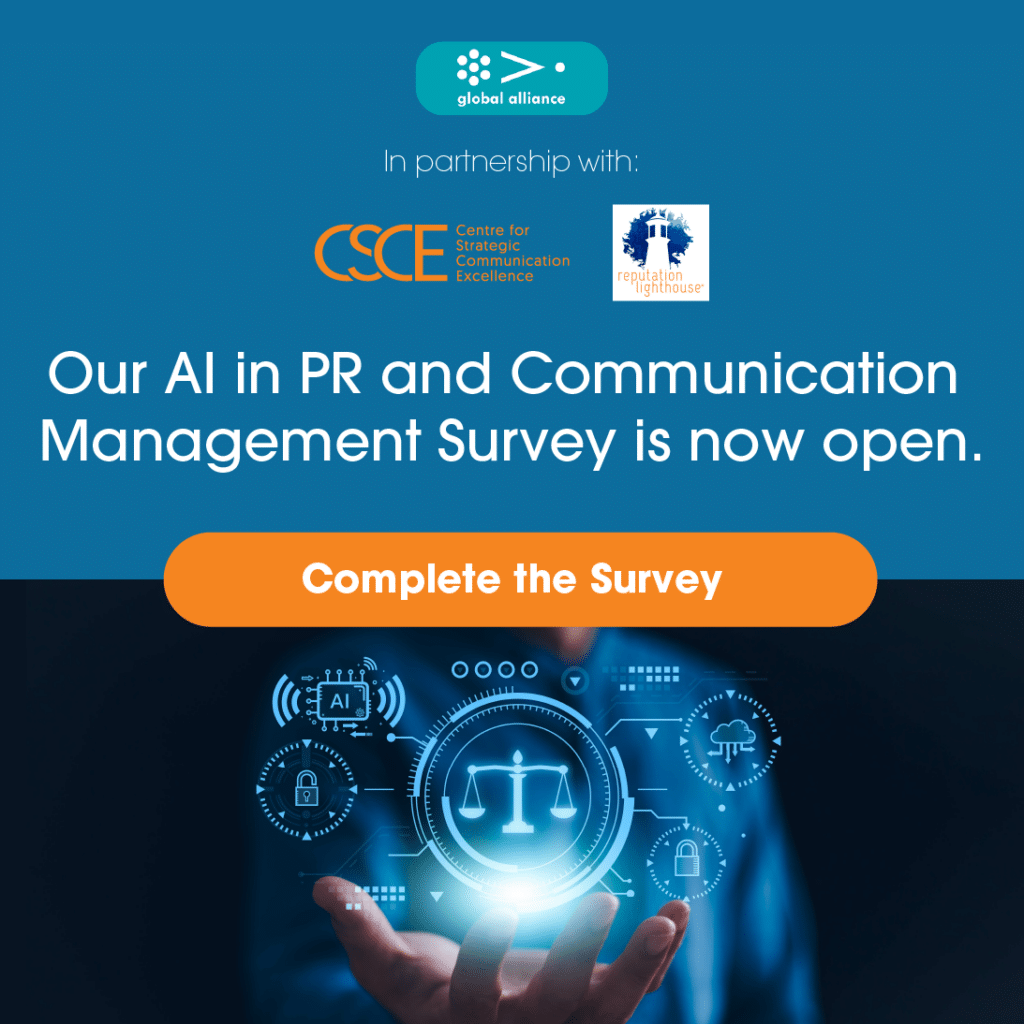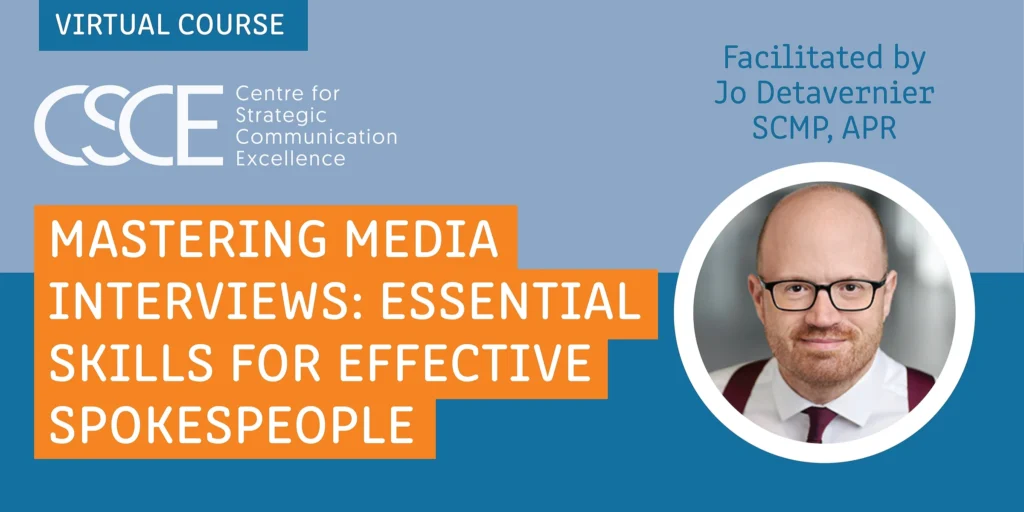The 2019 trend articles are numerous, and AI is one topic of many.
What we love is the excitement out there, illustrated by one headline for an article discussing AI and marketing: “What is AI and why is it awesome?”
That’s fantastic, because it is awesome, and as communication professionals we must get involved in the ‘awesomeness’. No time to watch and wait, it’s time to do our bit in ensuring our organisations can implement AI successfully—for the success of the business, stakeholders, clients and customers and importantly, our employees.
While the debate continues on how much technology and AI will affect our everyday lives, AI’s lack of creativity when compared to the human mind, and the potential for routine jobs to become redundant, there are plenty of companies moving their AI models from the lab and into production.
Yes, the debate will continue, but as an article from PwC in the USA suggests, businesses can’t wait for the dust to settle, AI adoption will accelerate in 2019. PwC surveyed more than 1,000 US business executives at companies that are already investigating or implementing AI and found that 20% were moving to implement AI enterprise-wide in 2019. PwC has developed a priority list for AI in 2019 and top of the list is structure. We agree. Structure and organisation are important and as communication professionals we should be involved in any cross-functional oversight team established to develop an AI strategy, alongside those with business, IT or AI specialisations.
In our reading, there were also some recurring themes, and challenges, starting to appear. One is to ensure AI systems are trustworthy. The concerns over how AI could impact privacy, cybersecurity, employment, inequality, and the environment remain, and as PwC found, executives say ensuring AI systems are trustworthy is their top challenge for 2019. Accountability, ethics and governance are now front of mind for customers, employees, boards, regulators, and stakeholders.
From the board perspective, The Australian Institute of Company Directors is trialling an AI Toolkit for directors and board members, developed by the World Economic Forum’s Centre for the Fourth Industrial Revolution. It was developed in the knowledge that the impact of AI will be huge. The toolkit will include best practice of how AI was used in a situation, resulting in a benefit for the company—profits, but also brand recognition, benefits for employees or for the environment. Importantly, the toolkit will provide guidelines and principles to help directors ensure the application of AI in a conscious and ethical way. That will be extremely handy.
Looking then at trust, there is little doubt that many are still suspicious of artificial intelligence, but in 2019 we are likely to see a new level of trust in information, improvements in the way it is delivered and more accurate insights and predictive analysis. As a result, expect to see more advances in AI-powered customer service. Companies won’t just be using chatbots, they’ll be creating virtual agents—with a face and personality to match—that can handle even more customer service tasks for your business.
That’s interesting, as a discussion paper from the Chartered Institute of Public Relations author Jean Valin titled ‘Humans still needed: An analysis of skills and tools in public relations’ found, the “…fundamental human traits such as empathy, trust, humour and relationship building can’t be automated – at least not yet.” Valin’s research for CIPR found skills for PR professionals such as flexibility with constant changes, mentoring, strategic thinking and ethical considerations are unlikely to be overtaken by AI.
At the other end of the scale skills associated with conducting basic research, creating content, evaluating campaigns, tracking issues and other work processes are being automated or already have some AI. In five years, Valin sees these types of tasks becoming either fully automated or having a high degree of AI applied. “The sophistication within these tools will only increase. The extent to which technology or AI will expand will never fully replace public relations professionals but will increasingly assist us and possibly do a better job.”
We believe, like Valin, that regardless of the tasks and skills that can be automated or benefit from AI, human intervention, editing, sensitivity, emotional intelligence, applying good judgement and ethics will always be needed.
To quote one marketing consultant “AI is not to be feared. It can only do what we tell it to do, what we teach it. We remain in charge.”
It will be very interesting to see what Centre for Strategic Communication Excellence find in a 2019 survey of communicating AI, asking communication professionals if they are using AI tools in their communication work. In 2018, the figure was 40 per cent. No doubt it will have grown significantly.





